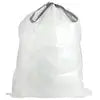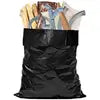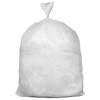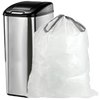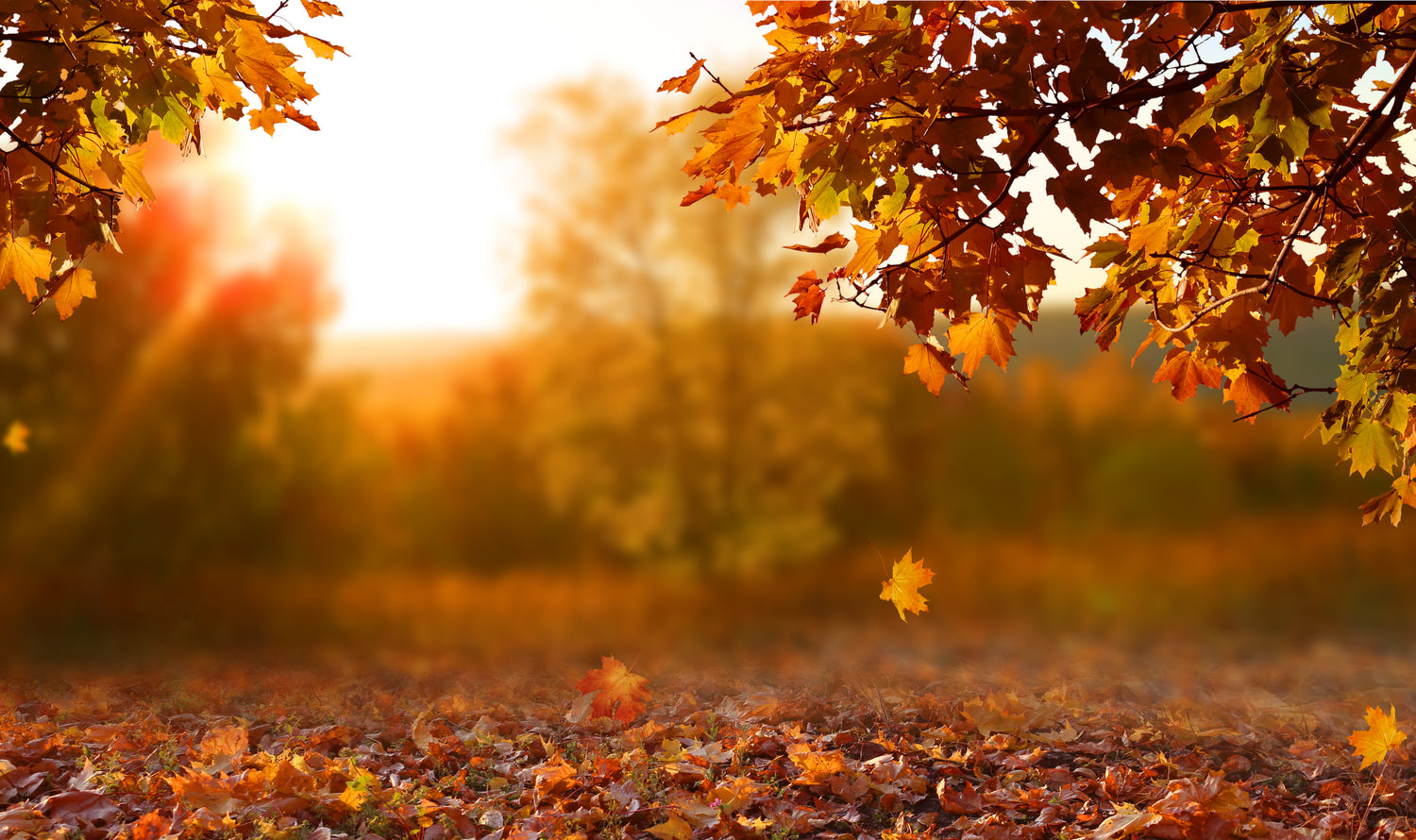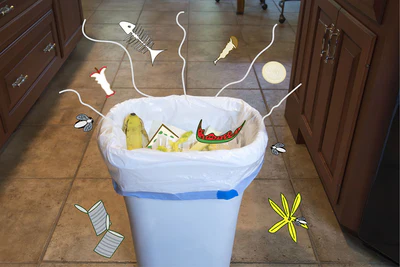It’s halfway through September already. We’ve reluctantly let go of summer, the kids are back in school, and in most parts of the country, the weather has turned. The changing of the seasons is always most noticeable out in our own backyards. The luxurious summer growth is over, and to keep everything from looking a bit dead and sad, a concerted cleanup effort is required. Here’s our list of absolutely essential Fall yard cleanup tasks:
The annual leaf raking festival
The continuous chore of raking up the fallen leaves is the quintessential Autumn task. Let the kids romp in the piles for a while, then rake them into sturdy bags so they can’t be re-scattered. Our bright orange, red and yellow trash bags are a fun seasonal choice.
Paths, driveways and other high-traffic areas should be regularly raked to prevent slips and falls, but when it comes to the rest of your yard, you might as well wait until most of the leaves are down and do it all at once. Some towns collect leaves on certain days for city-wide composting, or you can start a compost pile yourself. Mow over your leaves to break them up into smaller pieces, and mix them with vegetable peelings and other kitchen waste. Turn them a few times and by spring you’ll have rich compost for the garden.
Clean your gutters
Autumn usually brings more rainfall, and dead leaves can quickly clog gutters, leaving you vulnerable to water damage. Time to get out the ladder and clear things out.
Get out the pruners
For most plants, Fall isn’t the best time for big pruning jobs: you’re better off to wait until the dead of winter for some, and early spring for others. But this IS the right time to remove dead or diseased branches, especially on trees near the house. You don’t want winter storms to bring them down on your roof. For sharper debris like sticks and cuttings, you’ll need a strong low-density garbage bag. Our selection of landscaping trash bags have you covered.
Give your lawn some love As temperatures cool, lawn growth slows. It will probably need a few more cuts before the frost moves in, so this is a good time to lower the blades on your lawnmower. This is also the ideal time to feed your lawn. If you live in a warmer part of the country, where growing seasons are long, a good feed of slow-release nitrogen-rich fertilizer will keep them greener for longer. In the north, where lawns enter a dormant state, you’ll want to use a quick-release formula to get all the nutrients in before the freeze comes.
When the leaves first start to fall, spare some from the rake and just mow them into your lawn, using the mulching mode.
Raking isn’t just for leaves. Dethatching your lawn now pulls away the dead grass and roots that won’t decompose over the winter, allowing water to penetrate more easily. Do this about a month before the first expected frost.
If you live in a place where the soil doesn’t freeze in the winter, early Fall is also the best time to re-seed your lawn and repair sparse patches. It’s also the time when broadleaf weeds like dandelion and plantain are most susceptible to weed killers.
Attack the garden patch
In the vegetable garden, once the harvest is over, clear out non-perennial plants, save seeds, and till the patch under, ready for planting when spring returns. Ornamental gardens usually look a little rough this time of year. Old dead plants and weeds are a prime target for disease, fungus, and insects, so clear out as much as possible. Wait until after a hard frost to mulch. Any true gardener knows that the work is never really done, no matter what the season. There’s always work that can be done out back, but this list of chores will leave your yard in great shape this Autumn, ready to spring back to life once winter is done.
 4.9 out of 5
4.9 out of 5  Mix and Match: Buy any two products for 10% off!
Mix and Match: Buy any two products for 10% off!













